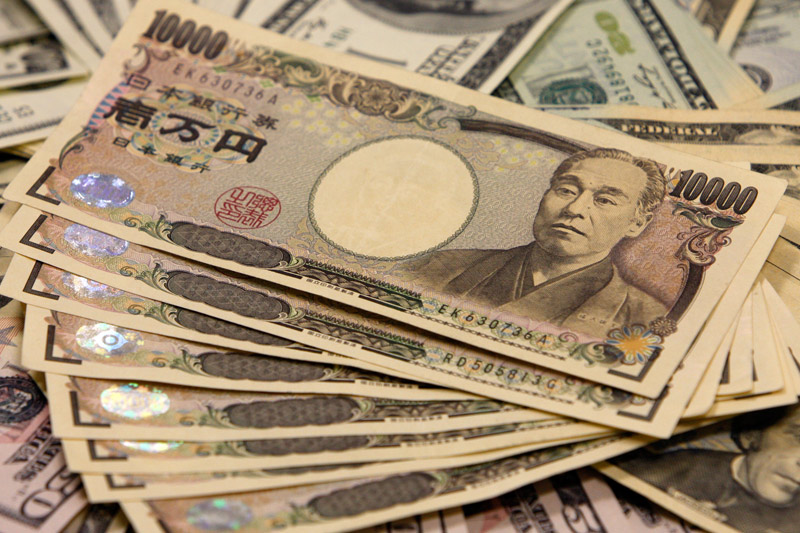Investing.com - The yen gained on Thursday despite continued weak manufacturing data from Japan.
USD/JPY changed hands at 119.91, down 0.09%, while AUD/USD fell 0.18% to 0.7195.
In Japan core machinery orders plunged 5.7% in August, sharply missing the expected 3.2% gain month-on-month, leading the government to downgrade its views on the sector after the third straight monthly drop.
As well current account showed a surplus of ¥1.653 trillion in August, above the previous month's ¥1.037 trillion.
In China, where markets open after a week-long break, comes the Caixin Services PMI later in the day.
The U.S. dollar index, which measures the greenback’s strength against a trade-weighted basket of six major currencies, was up 0.01% at 95.66.
Investors await the release of the minutes from the Fed's September meeting on Thursday for further hints on whether the U.S. central bank could raise short-term interest rates before the end of the year. Last month, the FOMC voted to leave its benchmark Federal Funds Rate at its current rate between zero and 0.25%, marking the 55th consecutive meeting it decided to keep the rate unchanged at a near-zero level. While one member of the FOMC, Richmond Fed president Jeffrey Lacker voted for an increase of 0.25%, four others felt that the Fed should wait until 2016 before raising short-term rates. By comparison in June, only two FOMC members were in favor of delaying a rate hike until next year.
Overnight, the dollar regained ground against the other major currencies in subdued trade on Wednesday, but gains were expected to remain limited as investors continued to digest the fact that the Federal Reserve is unlikely to raise interest rates this year.
The Bank of Japan refrained from expanding its stimulus program on Wednesday but there is still speculation the central bank could ease monetary policy at its October meeting.
Data last month showed that core inflation in Japan fell for the first time since the BoJ launched its $1.4 trillion quantitative easing program in 2013 in a bid to bolster growth and end years of deflation.
Meanwhile, the dollar remained under pressure by diminished expectations for a rate hike by the Federal Reserve this year in the wake of last Fridays unexpectedly weak U.S. jobs report for September.
Overnight, the dollar regained ground against the other major currencies in subdued trade on Wednesday, but gains were expected to remain limited as investors continued to digest the fact that the Federal Reserve is unlikely to raise interest rates this year.
The Bank of Japan refrained from expanding its stimulus program on Wednesday but there is still speculation the central bank could ease monetary policy at its October meeting.
Data last month showed that core inflation in Japan fell for the first time since the BoJ launched its $1.4 trillion quantitative easing program in 2013 in a bid to bolster growth and end years of deflation.
